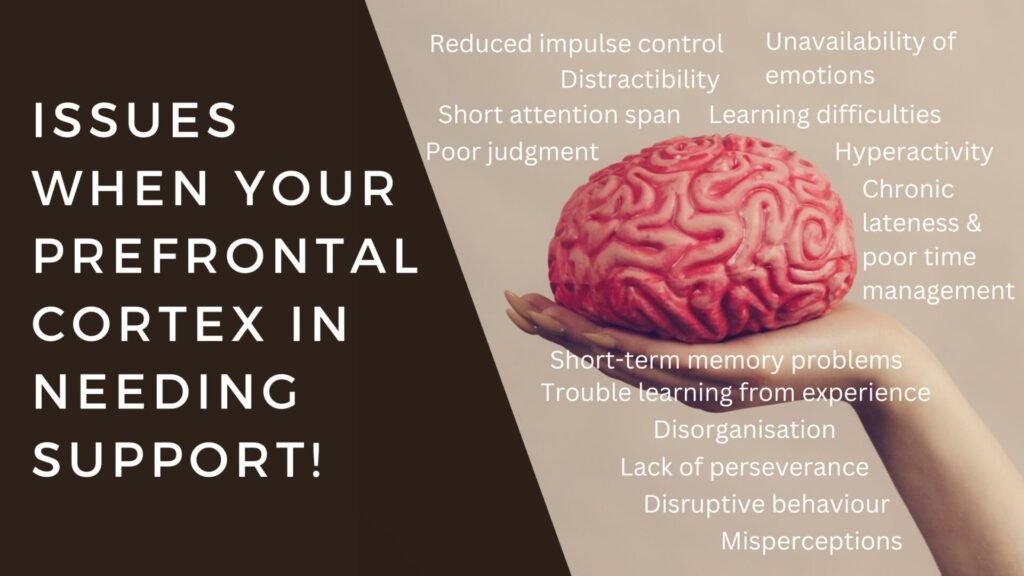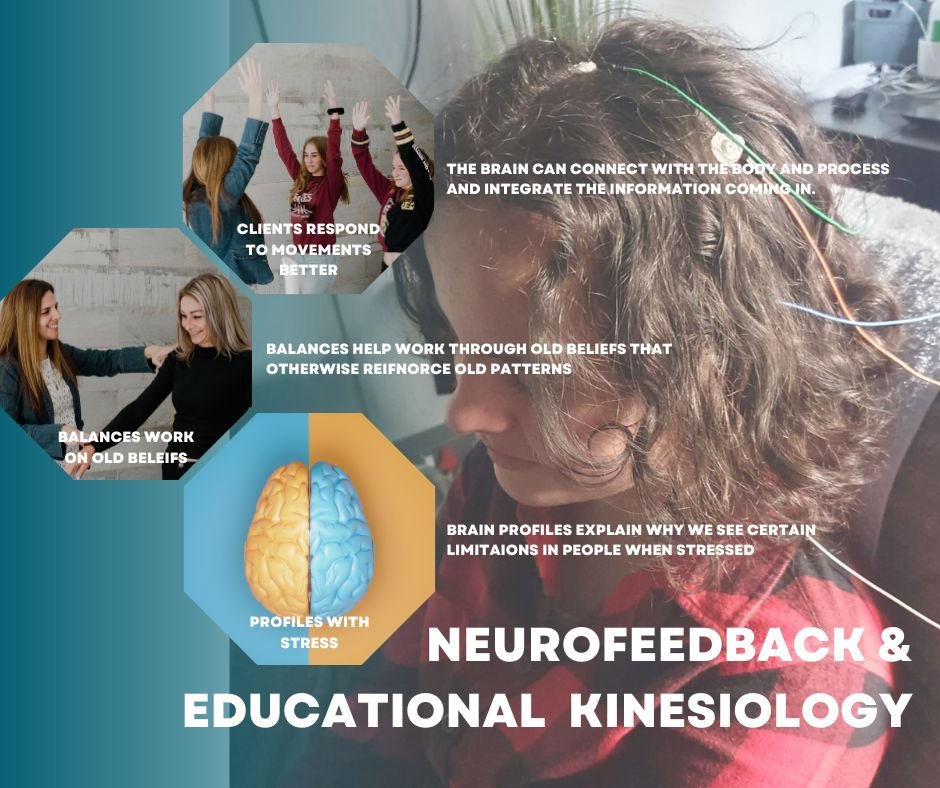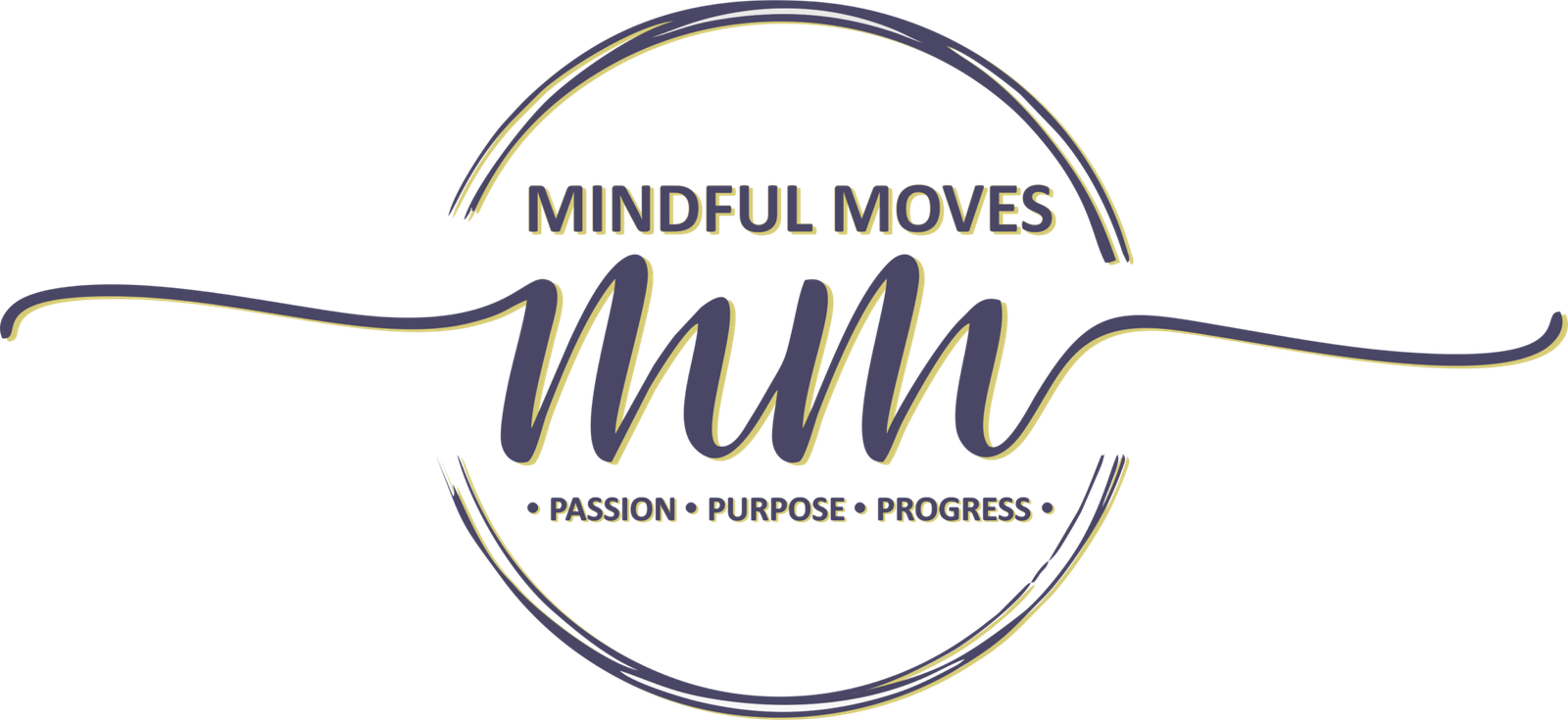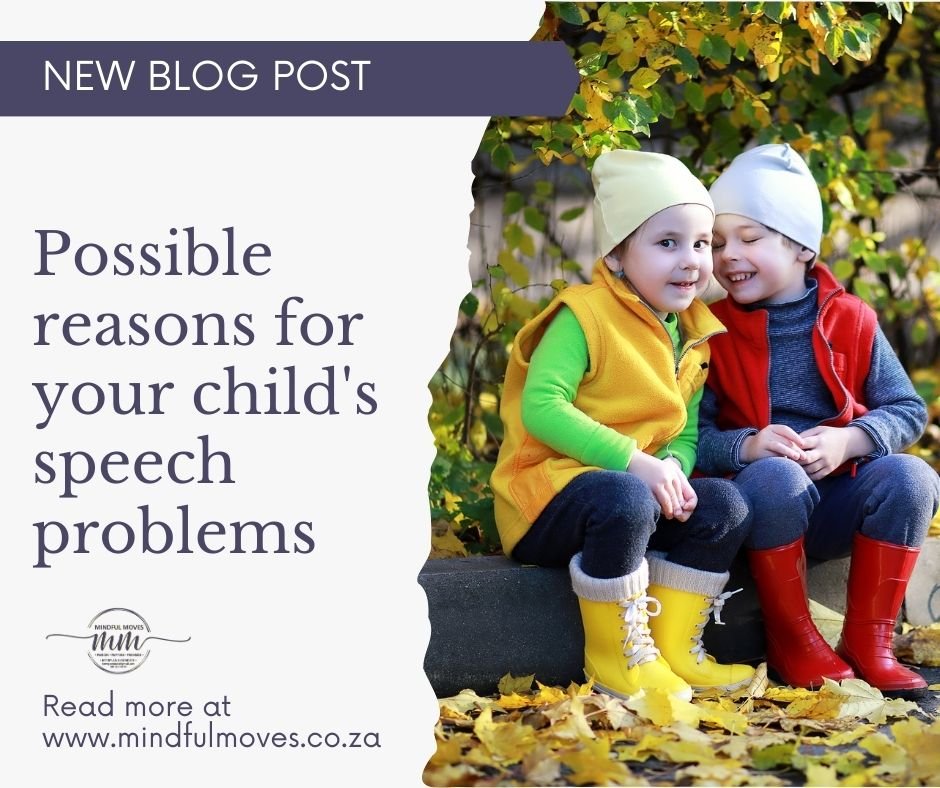

What is Communication?
Communication involves all the ways we convey messages to those around us. We can communicate verbally using words and non-verbally through our gestures and body language. Speech forms a part of communication and without it, children have to rely on gestures and actions. There is no doubt, without the use of words, it is difficult to share our thoughts, needs and our feelings to build strong relationships with those in our lives.
Finding out your child has a speech delay.
Many parents worry that their children are not reaching their milestones. When should children speak, how much should they say. When is incorrect pronunciation okay? Should we use baby talk to connect with them or insist on using adult talk. At times it is not so simple, as our children are unique and develop differently.
The first time parents may realise that something is ‘wrong’, is when they see their child among others their age and because parents do not necessarily have this privilege, it is often only when the teacher calls them in, that the issue becomes apparent.
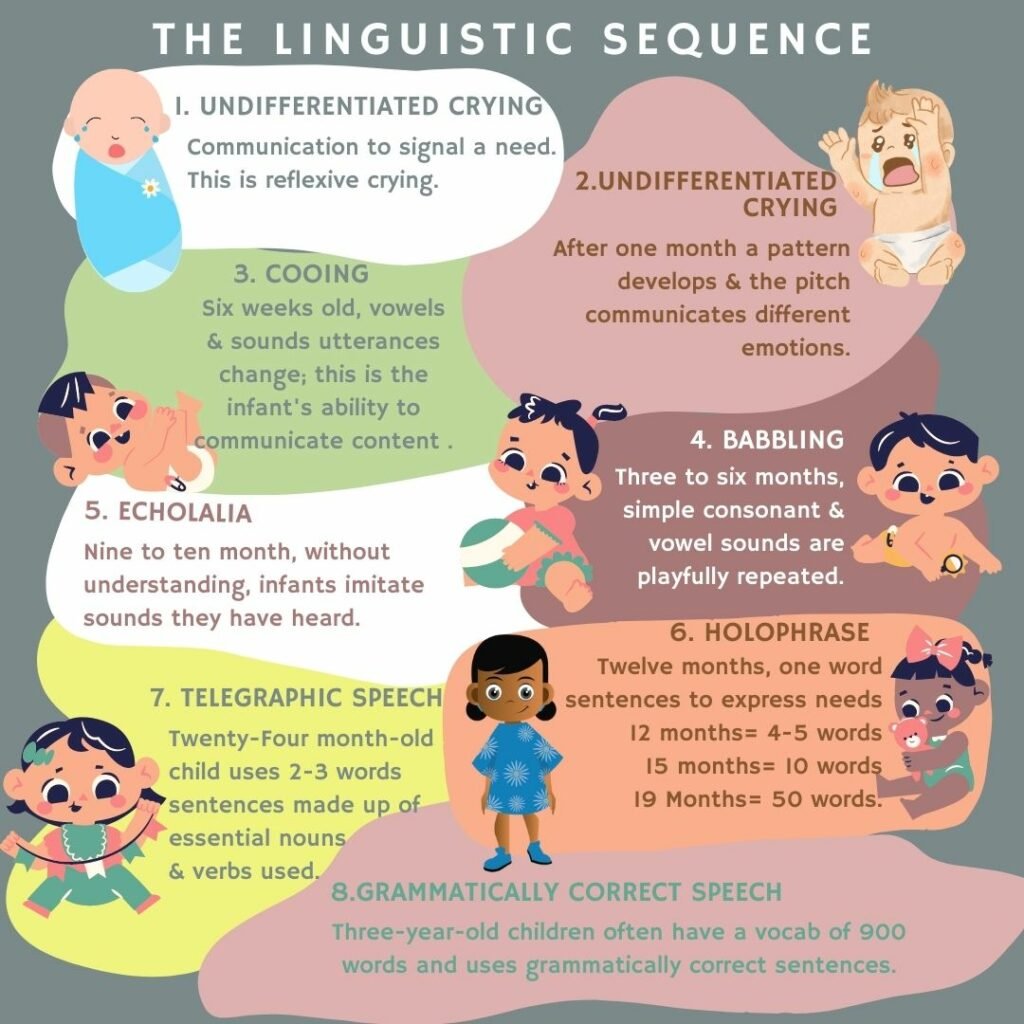

Communication is more than speech.
Communication involves the mutual sharing of meaning. When a person has a need or something they wish to express, the first stage involves putting that into words. A person chooses the words to use that they feel will express what it is they wish to convey.
Once this message has left their lips or fingertips, it must be read or heard. From there the other person has to understand what the message meant.
So much can go wrong when communicating!
So much can go wrong when communicating and we’ve all experienced it when we got it wrong. People may be offended by an innocent message or interpret the message incorrectly when reading between the lines. We all know the text message that if said in differently can lead to upset. Bring in the emojis to add the intent!
Many children battle with communication, be it with the expressing of the message or receiving of the message. In South Africa we include to the mix our eleven official and many more unofficial languages. Add to this the non-verbal as well as accepted cultural behaviours.
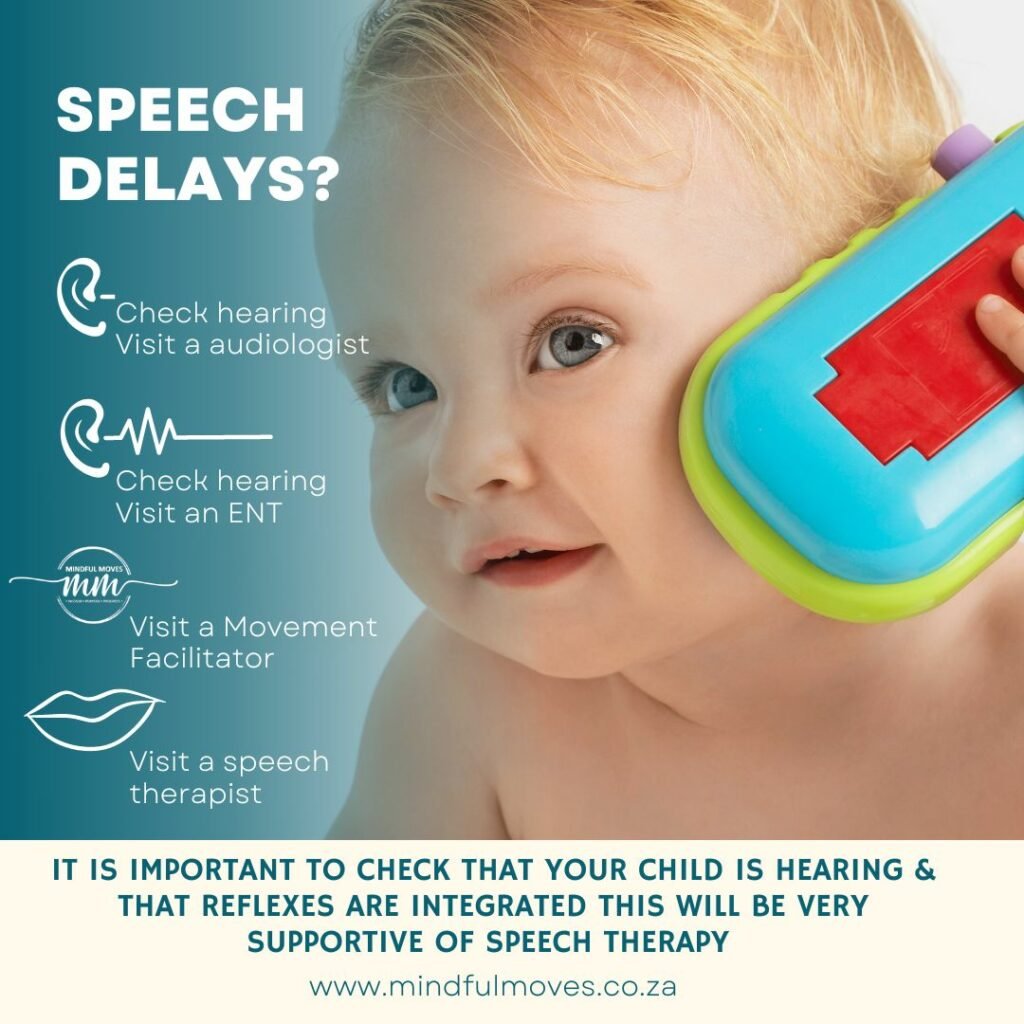

Where do I start, if I am worried about my child’s speech?
If your child is battling with speech, it is important to start by having their ears checked. Some children cannot hear what is being said and this can have a big impact especially during the years where speech is learnt. Hearing problems include problems in the middle ear sometimes caused by excess fluid and you might find yourself not only visiting an audiologist but also an ENT.
If your child can hear, what next?
If this is all in order, the next step is to make an appointment with a speech therapist. They will then assess your child’s receptive and expressive speech and make further recommendations. Along with these we strongly encourage parents to see a Movement Facilitator or an Education Kinesiologist. Active primitive reflexes lead to many issues that can manifest as hearing, speaking, memory and concentration challenges. All of these will affect a child’s ability to learn to speak and later read and write.
There are many reasons a child might be battling with communication.
There are many reasons for communication issues. Some of these include:
- Physical problem to ears, tongue, palate and eyes
- Muscle weakness-dysarthia
- Apraxia of speech
- Brain Injury
- Degernative diseases
- Autism
- Down Syndromw
- Aphasia
Physical Problems with the ears.
Physical problems to the ears, will mean that children cannot hear what is being said. This affects their receptive speech which is all about decoding the message and adding meaning to it. Hearing it incorrectly means that children cannot learn to mimic such sounds and add them to their vocabulary. Hearing problems often lead to problems with pronunciation and later learning phonics for reading.
Problems with sight
It is also important to see how a person moves their mouth to make sounds. This issue become a reality during covid, where masks hindered children’s abilities to see how to correctly form letters as they learnt phonics. This has led to many reading delays.
Physical problems with the mouth.
Dysarthia is often caused by nervous system disorders, conditions that lead to paralysis of the face, tongue or may include throat muscle weakness. People with this condition often talk slowly or with slurred speech.
Other physical issues may include problems with the palate such as a cleft palate. We also see higher palates in children with active reflexes and ADD/ADHD. Other issues involve a tongue tie or a tongue that seems to sit too far forward in the mouth. (Read about active reflexes a bit later.)


Apraxia of Speech.
Also known as verbal apraxia, is difficulty of skilled movement within the mouth and is abbreviated as AOS. This is considered to be a speech and sound disorder. Children suffering with this will battle to say what they want correctly and consistently. Apraxia of speech is a neurological disorder and is said to affect the pathways that are involved in the motor planning and sequencing of movements of the mouth. The child knows what they want to say but can’t plan and move the mouth correctly to say it. Such children might distort sounds, make inconsistent speech errors, battle to think of the sounds and might even battle with the tone and rhythm of speech.
Brain Injury.
Communication involves encoding a message into words and actions, the moving and planning as well as then decoding of the heard messages along with seen non-verbal messages. As you can see, the brain is very busy as we talk and listen. Brain injuries can affect a person’s ability to think clearly, or to plan and sequence the movements needed to communicate as well as affect their ability to hear and understand what is heard.
It really depends on the damage caused with traumatic head injuries whether or not a speech problem will disappear over time.
Movement Facilitators will know to work on the hands and feet along with integrating active reflexes that have re-emerged due to the trauma. Some people are unable to speak about the event. This elective mutism is a result of high levels of stress and even possible post-traumatic stress disorder. Read further on about reflexes and stress/ trauma and brain organisation.
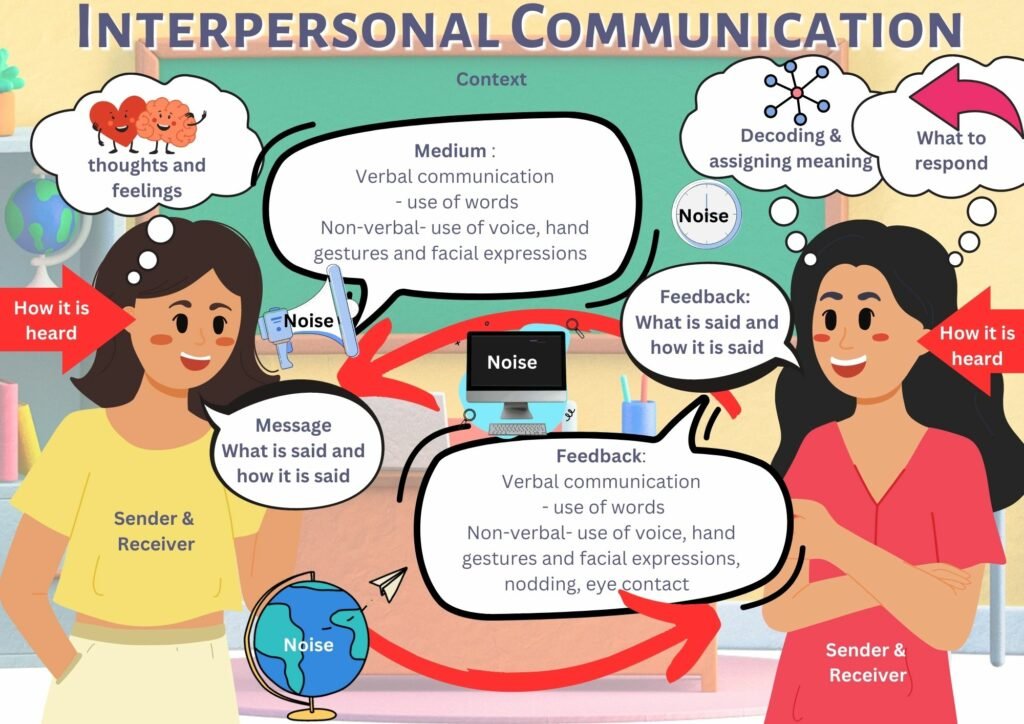

Degenerative Diseases.
Disease can also cause damage to the parts of the brain responsible to speech. Other diseases that affect speech may be due to problems within the body such as the tongue, vocal cords, throat and mouth. These are often cancers.
Other diseases may include Huntington’s disease which is a hereditary condition which gradually breaks down your brain’s nerve cells. Dementia also results in the loss of speech as well as Amyotrophic lateral sclerosis (a degenerative disease that causes the loss of voluntary muscle control.)
Autism.
Communication is one of the four areas (also called the Quadrant) affected in children with ASD. Children with ASD are however, affected differently. Those with Asperger’s are defined as those having greater social issues. They may be able to speak but have strange speech patterns, may have an accent even though they have never lived in a certain country and often use words that don’t fit the setting or the audience.
Some children with autism are classed as those who have a speech delay or lack verbal communication. Some never spoke, pointed or waved as a baby, while others lost all the speech they had learnt. This is a red flag.
Children with autism and Asperger’s are not neurotypical. When an Educational Kinesiologists observes a left-brain logical child before the age of seven, it is a red flag and parents are asked to have their child assessed for autism and Asperger Syndrome.
They also understand things differently and assign literal meanings to messages. These children need someone who is compassionate working with them, ready to explain things that other children seem to have learnt through osmosis.
These children have many active reflexes and do well with an Educational Kinesiologist who is trained in RMTi as well as with a speech therapist.


Down Syndrome.
As with autism, children with Down Syndrome are said to have an uneven profile of social, cognitive and language development. Children with Down Syndrome as with children with autism, will need to have their levels of understanding and ability to communicate assessed by a speech therapist so that an individual plan can be developed and implemented.
Therapists will need to assess their receptive language (their ability to understand what is said), and their cognitive skills. They will them work with these children to help them develop expressive communication skills.
Speech therapists that are compassionate and use therapy as an opportunity to teach social skills are highly recommended.
Aphasia.
Aphasia is a disorder that affects both verbal and written speech. This can occur after an illness or head injury or may even be the result of a brain tumour. For such people it is important to treat the cause of it, while working with a speech therapist.
Active Primitive Reflexes.
Many people do not realise that the issues that manifest in many of the learning areas are due to active primitive reflexes. These are there to protect a defenceless child as well as to assist infant in moving through the birth canal and readying them for all their movement milestones as the develop into a person who can defy gravity and stand upright.
When these are present longer than needed, they interrupt the follow of information to and from the brain. This means that movements cannot develop into automatic movement patterns that support the body. These children often are left with poor muscle tone, poor balance as well as little co-ordination. When the gross motor muscles are not able to support the child, the fine motor muscles cannot develop.
Here are some of the surprising symptoms of primitive reflexes that have not integrated.
- Challenges “grasping” ideas, complicated concepts and analysis
- Speech and articulation delays and issues
- Difficulty developing fine motor dexterity
- Tongue too far forward in the mouth
- Stuttering and stammering
- Copius drooling
- Stumbling over words/mispronunciation
- Phonetical challenges
- Cannot see another person’s view
- Chewing of clothes/ pencils nails etc
- Grinding teeth
- Elective mutism
- Poor time and space perception
- Low muscle tone
- Poor concentration
- Poor short-term and long-term memory
- Unexplained fears
- Anxious
- Insecure
- Acting out
- Weak immune system
- hyperactivity
- Defiant behaviour
- Manipulative behaviour
- Auditory Processing issues
- Interrupts conversations
- Impulsive behaviour
- Sleep disturbance… and much, much more!
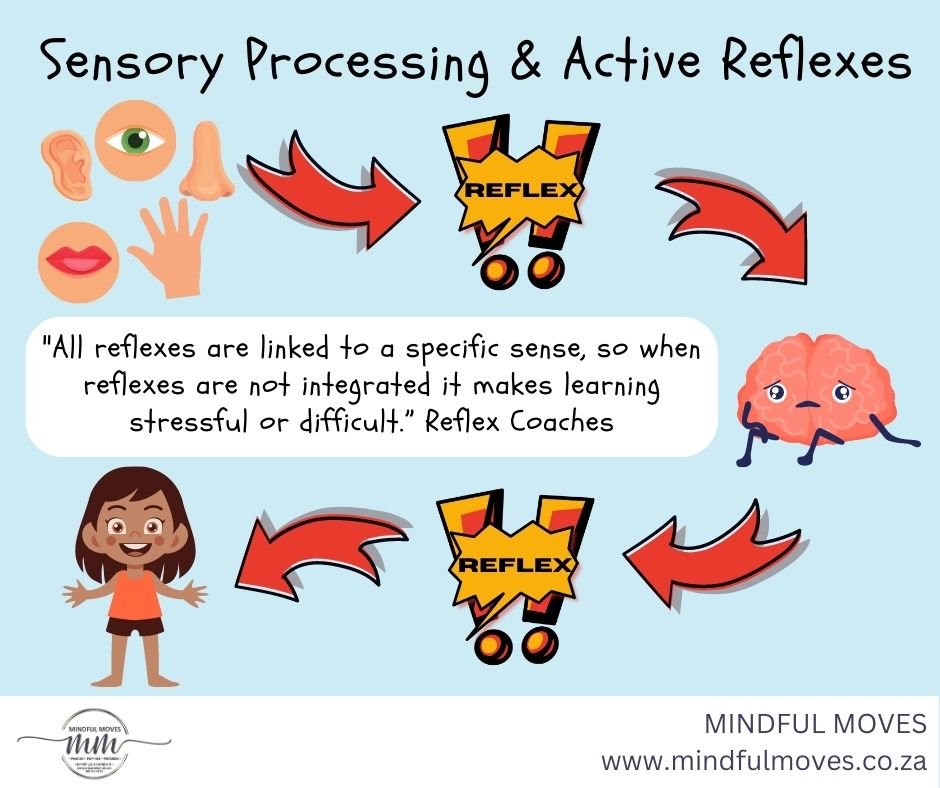

Signs of a communication problem.
There are many signs of a possible speech problem such as:
- Repeating of words and sounds such as in stuttering
- Using interjections such as um or ur
- Making sounds longer
- Stopping or pausing during a sentence
- Jerking of the head while talking
- Eye blinking while talking
- Tension heard in the voice when speaking
- Lack of speech
- Frustration when trying to talk
- Being misunderstood
- Problems with pronounciation
- Not following instructions
- Interpreting things in the literal sense
- Not understanding body language or gestures
- Lacks fluency when speaking
What do Educational Kinesiologists/ Movement Facilitator do to help?
Educational Kinesiology is the seeks to draw out a person’s potential through the noticing of muscle movement and the using movement to build the brain and strengthen the system. An Educational Kinesiologist can be a Movement Facilitator as well as may use movement in a movement sessions.
Brain Organisation.
Educational Kinesiologists can profile a client’s brain and discover how a person organises their brain for different tasks. Some people lose the ability to speak or to speak clearly when they are stressed. These clients have a “blocked hand” which represents spoken and written communication. They may stutter in such instances or seem to become mute. Others might just experience difficulty in “spitting out” what they have to say. Other clients present with a “blocked ear”, and they are unable to perceive what is being said.
Depending on which hand and ear is used, a client might also prefer to talk in stories or with precise language. The different ears may also mean the difference between understanding what is said and how it is said.
Children who listen with the emotional ear are at a great disadvantages in noisy classroom or in a classroom with an emotional teacher.
Educational Kinesiologists will work with such people to lessen the affect stress has on their system and thus ensure they are not at a disadvantage experiencing and “blocks”.
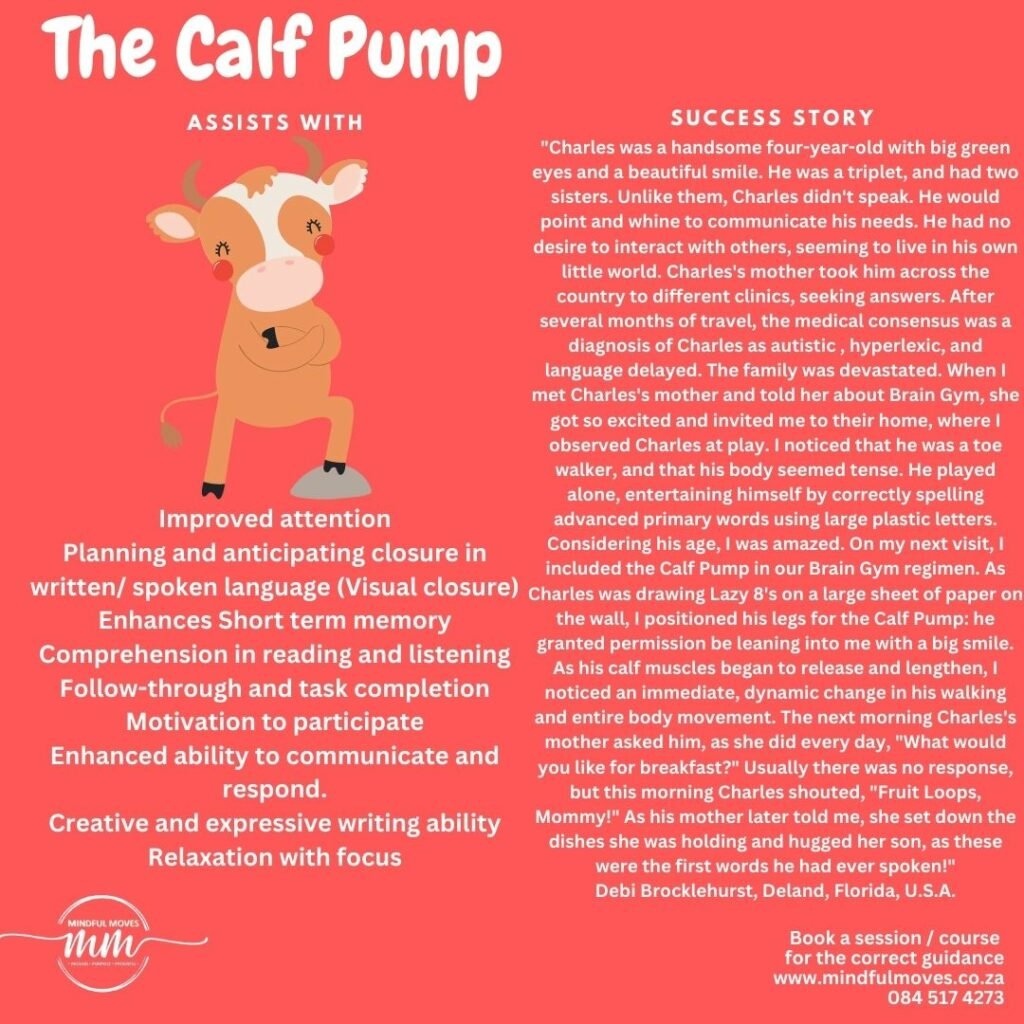

Movements.
Our designed movements are powerful tools. For starters they shift people from their limited brain profile (discussed above) to their gifted space where they can access all their talents.
Movement Facilitators and Educational Kinesiologists will know that it is important to work on the mouth, hands and feet as they share a circuit in the brain. Think of how you use your hands to talk or wring them when you are nervous.
They also ready the body in very particular ways for learning. (Read about the Calf Pump). These moves have been developed by people who have asked, ” How can I help people?”. For some of the pioneers for movement-based learning started off asking how they could support themselves or a loved one with a learning difficulty. These have been tried and tested and the best thing is that…. MOVEMENT IS FREE!
Once you know the moves, you can do them in a limited space and as often as you like. They only need to be done a few times a day!
Movement Facilitators and Educational Kinesiologists can create a design home program for your child or offer movement sessions. Better yet, teachers can take courses in this information and begin using these in the classroom to change children’s lives!
Courses.
Anyone can do our courses regardless of your studies. These are available to parents, teachers (even giving CPTD points), au pairs, tutors and anyone else wishing to experience a better way of doing things.
You are never alone.
Moreover, remember that you are never alone and there is always someone you can reach out to. If you can’t think of anyone, reach out to us for some comfort and guidance!
Contact us.
You are welcome to contact us at info@mindulmoves.co.za

